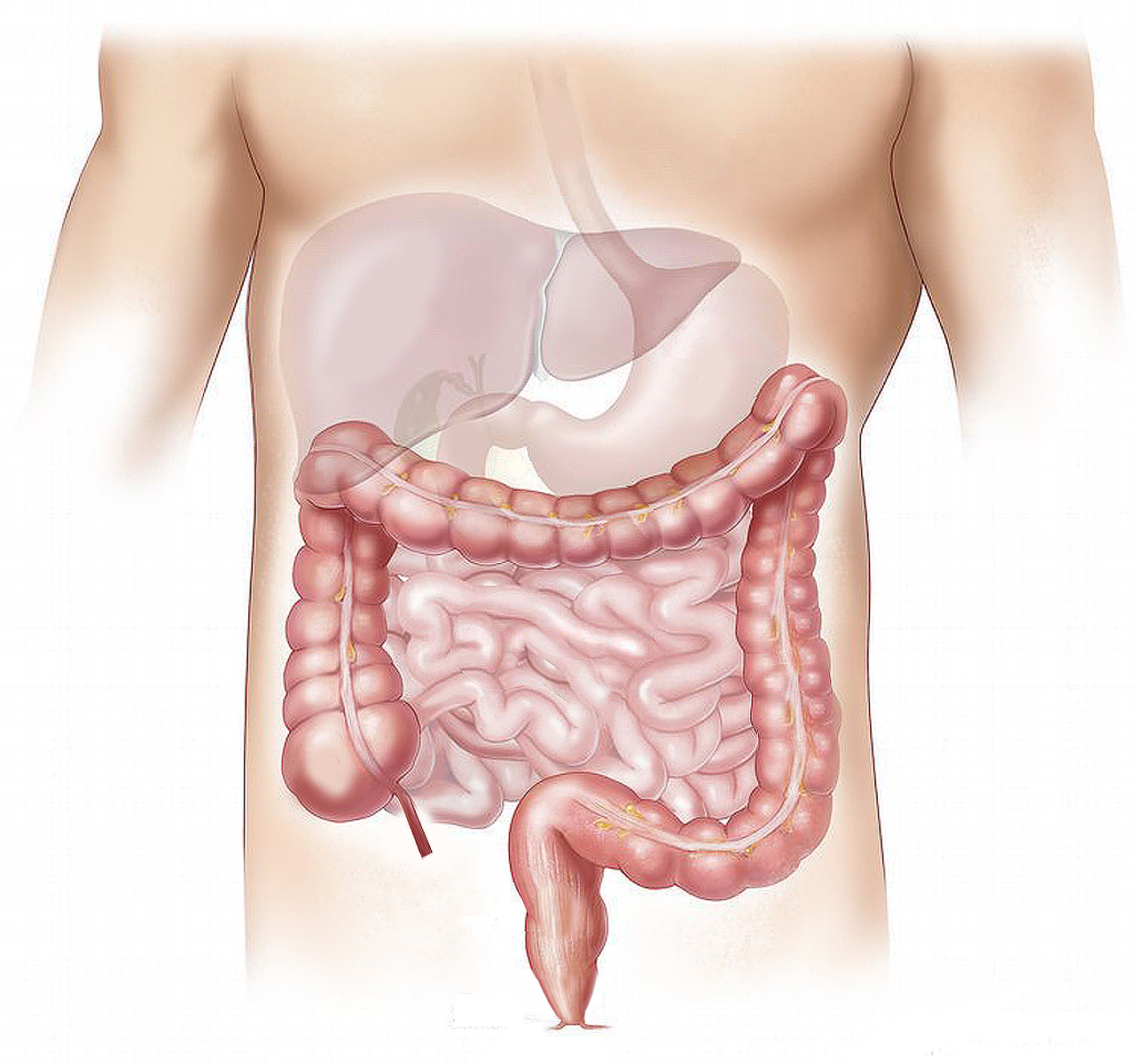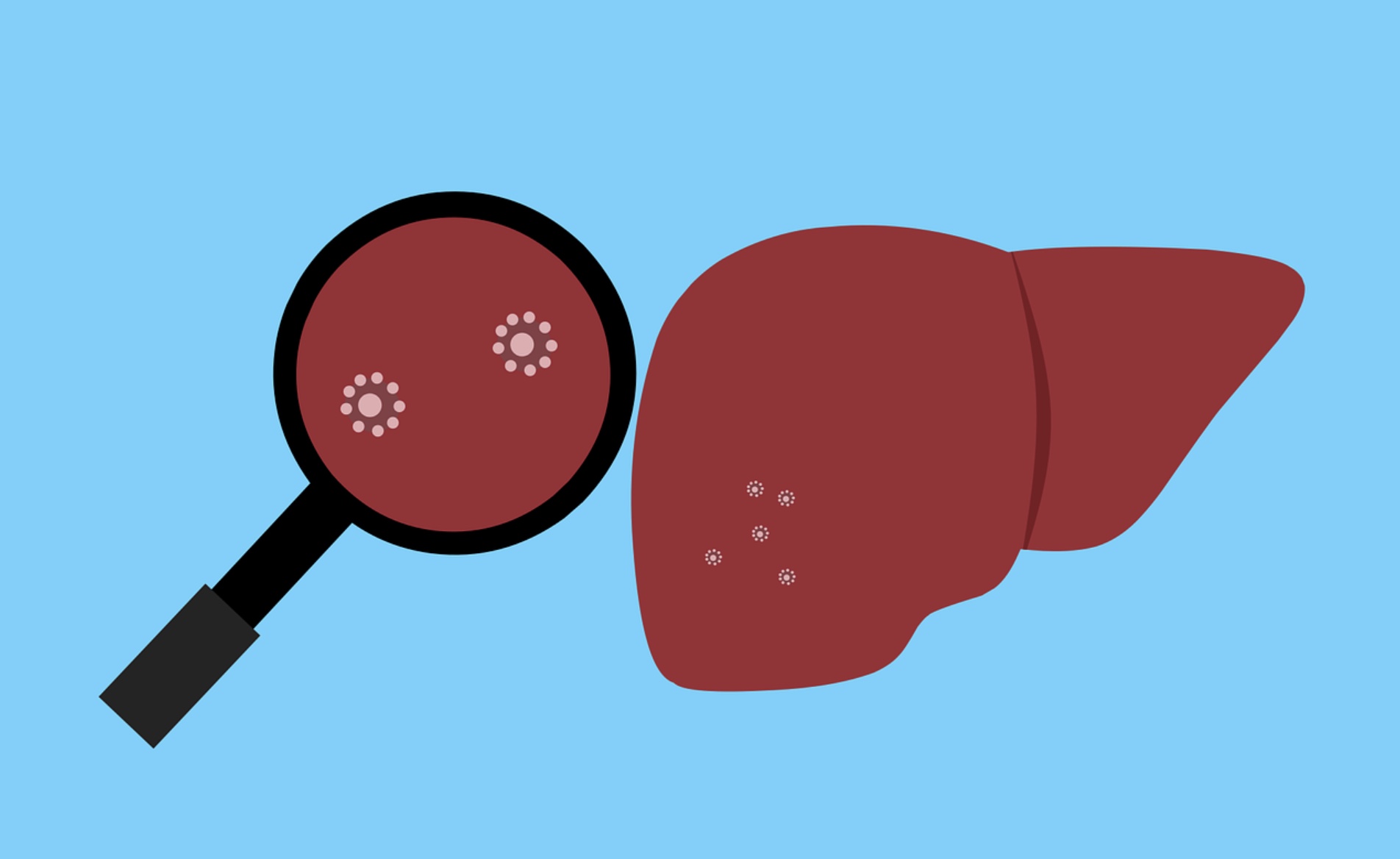The term hidden killer defines the deadly disease of hepatitis quite aptly. But it is a valid term for only those who are not aware of the disease profile at all. In reality, hepatitis is one of the leading causes of death worldwide. Mortality and comorbidity rates associated with hepatitis are at an all-time high. According to the Centre for Disease Control, more than 600,000 people die from hepatitis B alone. And even though more and more awareness campaigns are being launched every year to educate the masses about this deadly disease, the numbers are at an all-time high. This discussion is yet another attempt to highlight the threat that the hepatitis epidemic is, with special reference to Pakistan.

Hepatitis: An overview
Before we analyse the hepatitis situation in Pakistan, it makes sense to recap the disease. Hepatitis is characterized by liver inflammation. The etiology of the disease is mostly viral, however, other factors can contribute to the disease as well. These include secondary reasons like alcohol, drugs, and in rare cases, autoimmune hepatitis. The impact of hepatitis on the human body becomes even more highlighted when one considers the physiological role played by the liver. Apart from its key function of bile production, the liver is also responsible for the filtration of toxins and synthesis of blood proteins like albumin. The liver’s functions are not the subject matter of this discussion, but they give an idea about how things would be if the liver stopped working normally.
Coming back towards the disease itself, there are five types of hepatitis. These five types of hepatitis are representative of infectious hepatitis cases. These include hepatitis A, B, C, D, and E. Speaking briefly about these types, hepatitis A is transmitted through fecal contamination, hepatitis B and C by contact with body fluids from an infected person, hepatitis D by direct contact with infected blood while hepatitis E is a waterborne disease.
Hepatitis in Pakistan
We now switch the focus of this discussion towards Pakistan, a country that historically has a poor hygiene status. Hepatitis is a disease that spreads like wildfire in the absence of proper health & hygiene SOP. Hence, the fact that the number of hepatitis patients in Pakistan is at an all-time high doesn’t come as surprise for those working in the field. It is a tragedy that even in the 21st century, the country doesn’t have enough testing and treatment resources.
There isn’t any seriousness showed even on the prevention bit of this whole affair. Whether it is the unscreened blood transfusions, use of unsterilized devices like injections, or lack of SOP that are to be followed during medical waste disposal, Pakistan depicts a very sorry picture in every regard. WHO estimates that at least 5 million in Pakistan suffer from hepatitis B, while the number for hepatitis C patients is even more horrifying i.e. touching the borderline of 10 million.
Hepatitis C virus in Pakistan
It is impossible to encapsulate the profile of all hepatitis types prevalent in Pakistan. On the other hand, not talking about the primary killer type makes no sense either. So, we are going to talk about hepatitis C in this discussion only, which according to a WHO estimate, is killing as many as 500,000 people worldwide annually. Six genotypes for hepatitis C in Pakistan have been identified.

Unfortunately, battling the disease is becoming harder and harder with every new case, because of the increasing drug resistance cases in hepatitis patients. What is more, the prevalence numbers are on a rise as well, which is because of the problems with Pakistan’s healthcare system which we have mentioned earlier in this discussion. It is estimated that on average, nearly 400 people lose their lives to this deadly disorder daily in Pakistan. One can only lament the criminal negligence which the endemic of hepatitis is subject to in Pakistan, and which has resulted in the loss of million lives.
Treatment options
What are the treatment options for those suffering from hepatitis in countries like Pakistan? Well, the most commonly used combination to treat hepatitis is that of interferon-alpha and RBV. RBV stands for ribavirin and this antiviral drug features many viral treatment regimens. Of course, the recently developed antiviral therapies like ledipasvir and sofosbuvir are also used for treating HCV patients in the country.
However, these are not a frequently opted option since these are quite expensive. In rural areas of the country, where there aren’t many health facilities available anyways, the treatment of the disease is mostly symptomatic.
Prime Minister’s Programme for Prevention and Control of Hepatitis C
The good news in this regard surfaced recently when the PM of the country announced that Pakistan was going to resume its special program for the prevention and control of Hepatitis C. The announcement came in the light of an alarming increase in the prevalence of hepatitis in the country. More such programs are needed to uproot the evil of hepatitis from the country.
The government is well backed by NGOs like Transparent Hands, which offer free treatment to hepatitis patients in the country.
Transparent Hands
Transparent Hands is the largest technological platform for crowdfunding in the healthcare sector of Pakistan. It offers a complete range of free healthcare services including medical and surgical treatments, medical camps, and telehealth facilities to the underprivileged community of Pakistan.
The platform provides visibility to underprivileged patients and builds a personal and trusted bond between patients and donors while ensuring complete transparency. It also sets up free medical camps in the rural areas of Pakistan in which, free medical consultation, free medicines, and free diagnostic tests are provided to deserving patients.
Donors from all over the world can use the Transparent Hands crowdfunding web portal and donate through 100% secure payment modes. They could select any patient, fund the treatment, and receive regular feedback and updates until the patient has recovered completely.
Interesting Related Article: “Opioid Epidemic: How to Stop It?“

